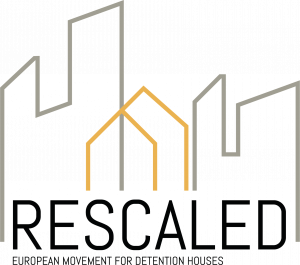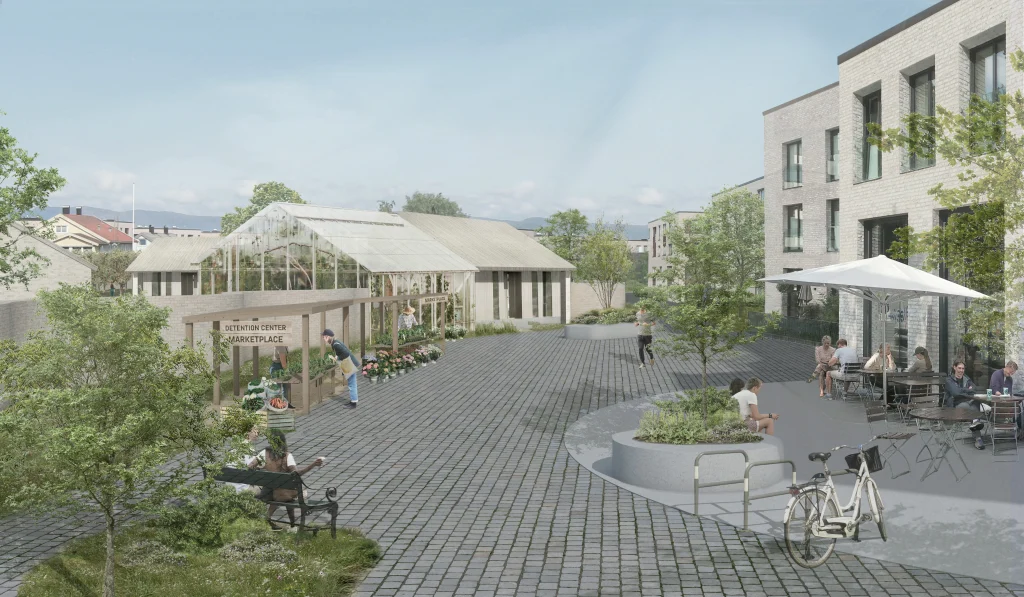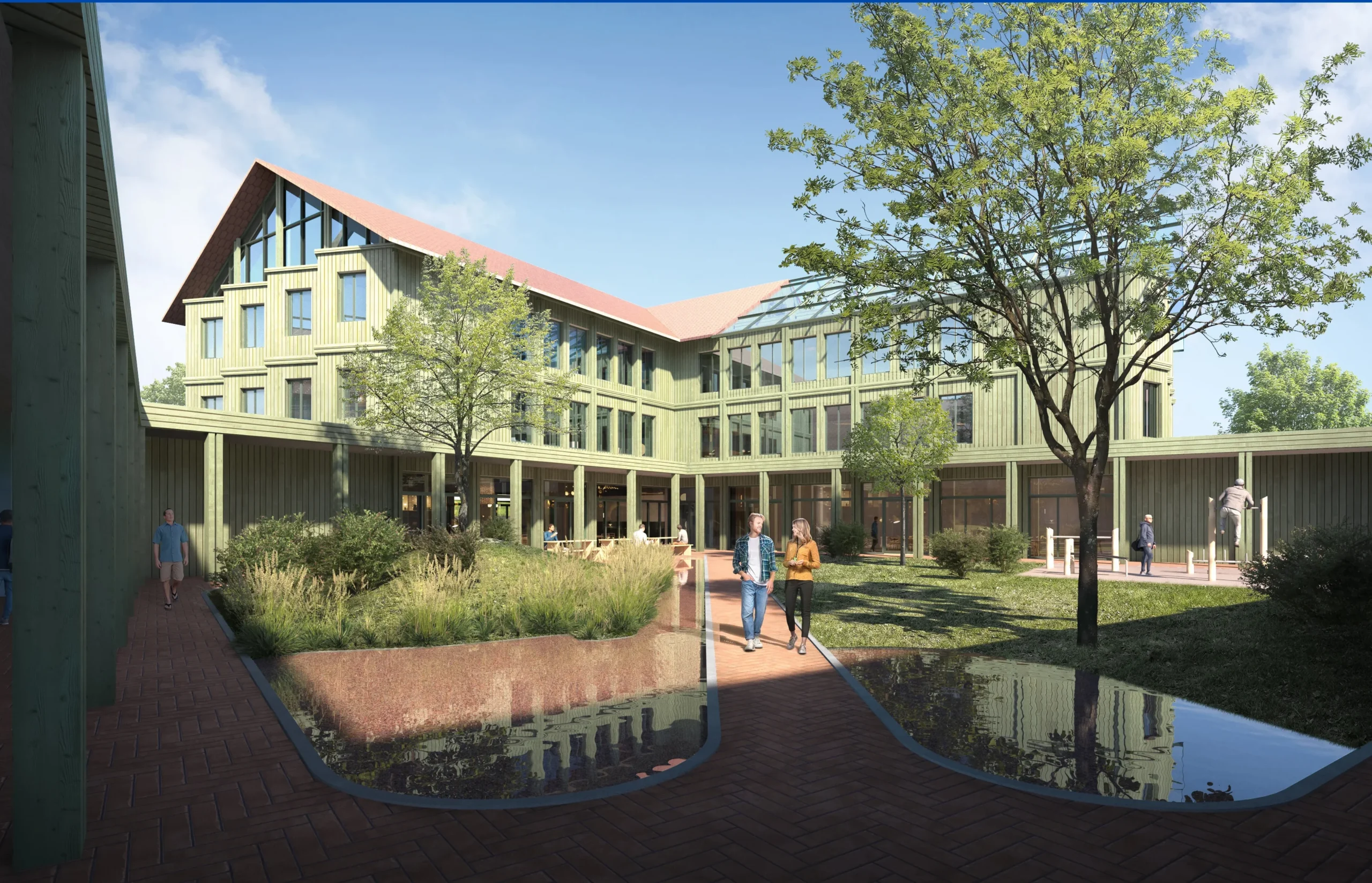Skejby halfway house is a facility located in the suburbs of Aarhüs. It is one of eight halfway houses in Denmark and these are all operated by the Danish Prison and Probation Service (Kriminalforsorgen). Skejby halfway house was founded in 1973 as a social experiment where offenders are mixed with non-offenders to minimize their chances of reoffending.









